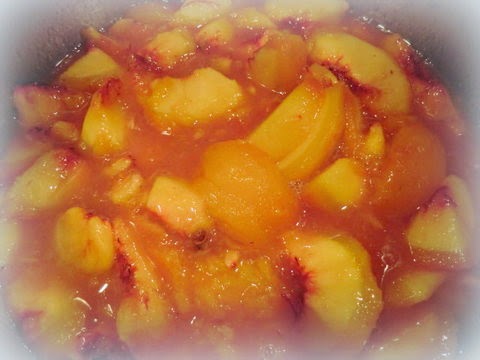 I figured it could not be too difficult to grow, but was surprised to learn that if I simply put garlic cloves into an area of the garden which receives good sun exposure, it could be planted in September or October.
I figured it could not be too difficult to grow, but was surprised to learn that if I simply put garlic cloves into an area of the garden which receives good sun exposure, it could be planted in September or October.From Kitchen Conservatory:
Most people have never tasted freshly dug garlic -- the difference is as dramatic as a freshly picked vine-ripened tomato compared to a tasteless commercial tomato. The papery garlic in the supermarket was harvested last July and kept in storage. Fresh garlic is juicy, not dry. Use fresh garlic the same as you normally do: eat it raw, cooked, roasted, minced, or whole-- fresh garlic is delicious any way it is prepared. But do know that yes, a little fresh garlic goes a long way.
The fall is the right time to plan garlic, says this article:
At home says:Garlic is a member of the allium family which also includes leeks, shallots and onions. Individual cloves act as seeds. The bulbs grow underground and the leaves shoot in to the air. Although garlic is traditionally thought of as a Mediterranean ingredient garlic is also grown successfully in colder more Northern climates.
To grow your own garlic, plant cloves in the fall. Cut off the scapes when they appear in the spring. A month or more later, pull a test garlic out of the dirt to see if it's ready for harvest. If it is, carefully dig up the heads. Wipe clean the heads with a paper towel (a very thin papery layer will come off), cut off the roots, store in a dry dark spot. Cook/eat as normal but use less until you understand its potency.

Here is my little corner of the world planted with garlic cloves.
We'll see what happens next July!


